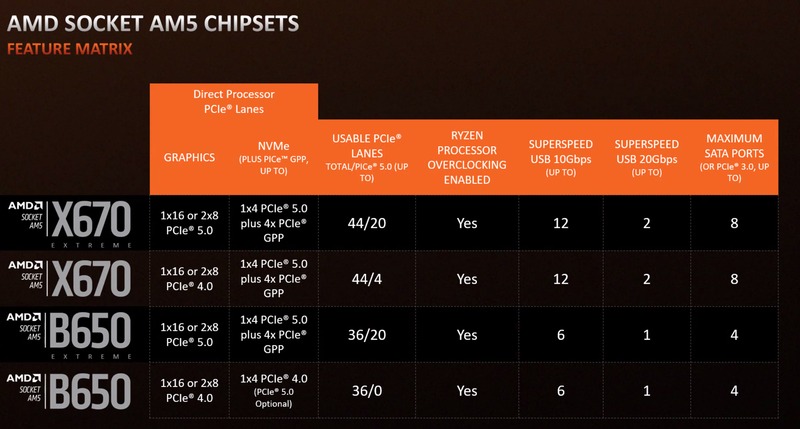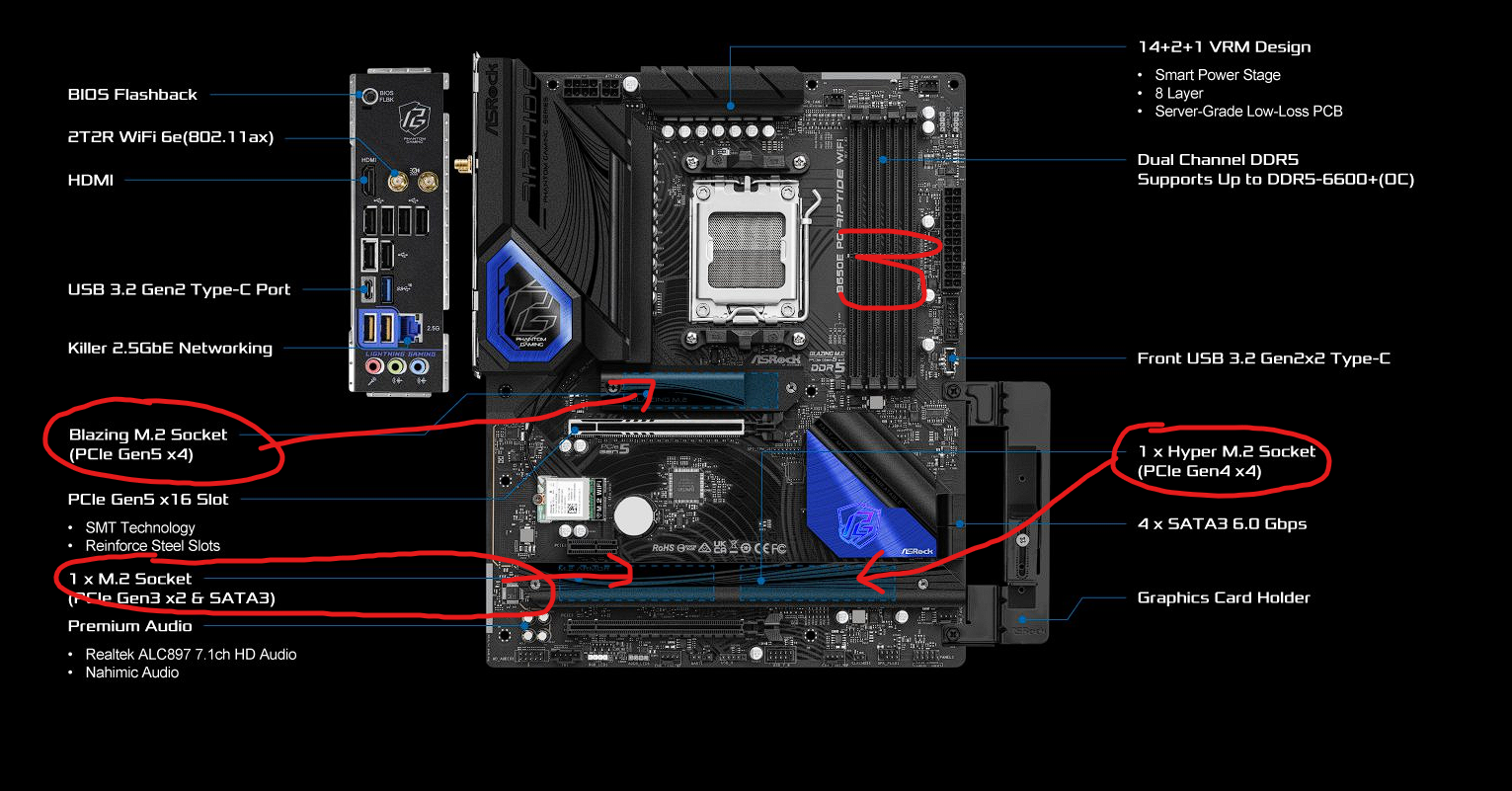AMD B650 motherboards are now available, pricing starts at $159
"There is no sign of the promised $125 AMD AM5 boards yet, but the prices for B650 series indeed start much lower than premium X670. The cheapest boards have a MSRP of $159.9, but the majority of designs are oscillating around $200, which may still be too expensive for most users."
"There is no sign of the promised $125 AMD AM5 boards yet, but the prices for B650 series indeed start much lower than premium X670. The cheapest boards have a MSRP of $159.9, but the majority of designs are oscillating around $200, which may still be too expensive for most users."
![[H]ard|Forum](/styles/hardforum/xenforo/logo_dark.png)


